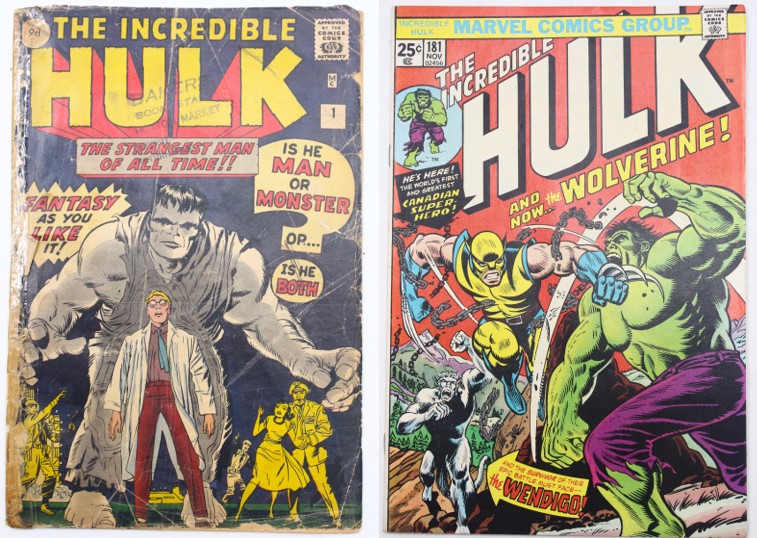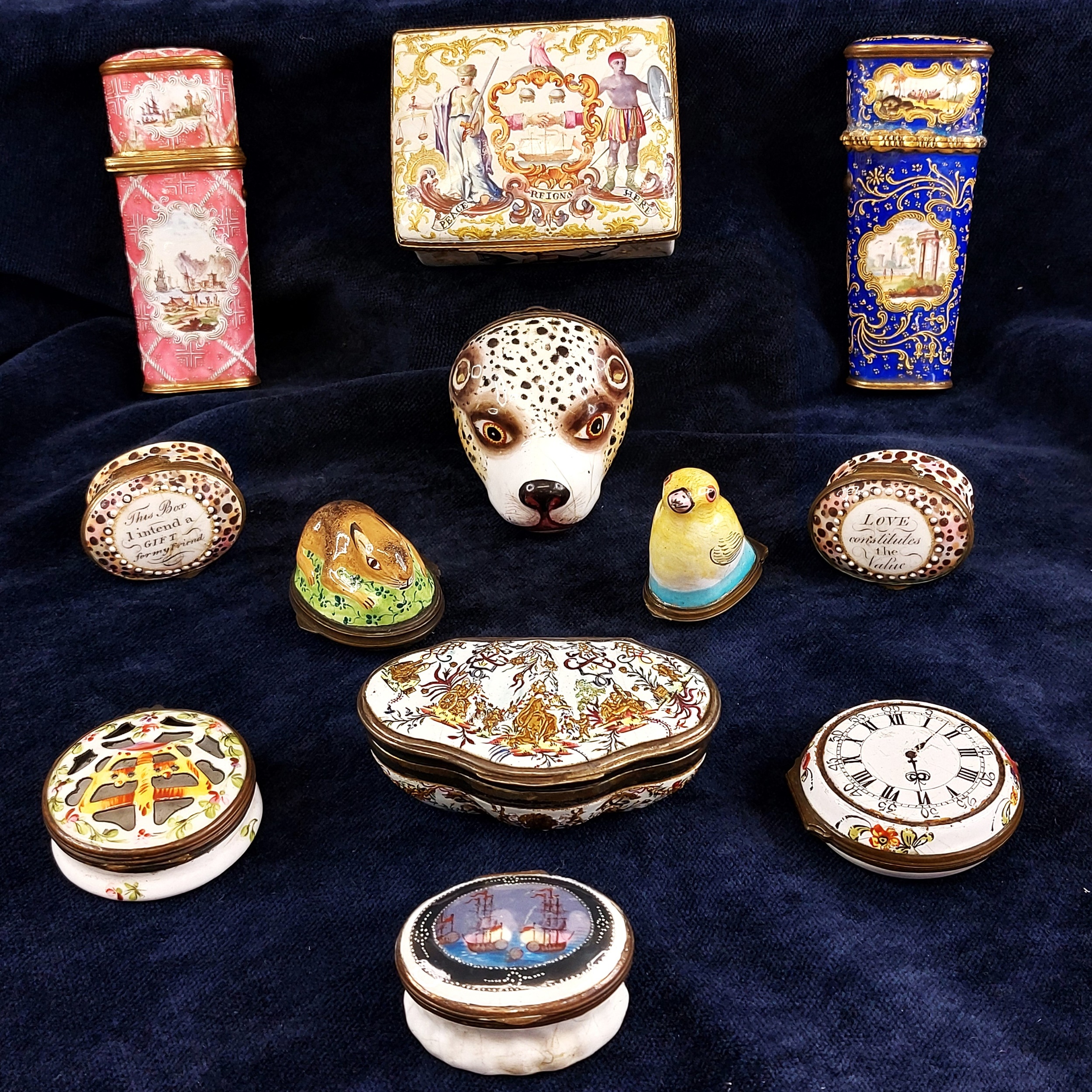Beatrix Potter
In this the 150th anniversary of her birth, Lacy Scott & Knight are delighted to offer a selection of Beatrix Potter first editions.
Battling against the limited expectations of her patriarchal society, Potter was a respected natural scientist and conservationist. However, it is for her imaginative and beautifully illustrated childrens books for which she will be most remembered. I doubt there are many children of the 20th century who didn't read about the daring exploits of Peter Rabbit and his animal friends.
Like most Victorians, Potter was passionate about botany and biology, and it was through drawing specimens that she honed her skills as an artist. She was a talented mycologist and submitted papers to Kew Gardens and the Ambitt Museum, which are still referred to for identification of fungi. Alongside this interest, Potter was an avid student of classic fairy tales and folk stories.
As a young woman, her letters to friends and their children would be peppered with sketches, and it was one of these letters from 1893 which developed into the now famous tale of four young rabbits. Potter later revised and printed the story privately in 1901, having been unable to interest any publishers. Family friend Canon Hardwicke Rawnsley was so taken with the story that he helped to reproduce it and secure a publishing deal with Frederick Warne & Co (who had previously rejected the story). The publishers disparagingly referred to it as "the bunny book", but after its release in October 1902 it became an instant bestseller. The rest, as they say, is history.
Our selection of ten will comprise lots 1017 to 1025 in our 10th September Fine Art & Antiques auction. Full catalogue will be online two weeks prior and live bidding at thesaleroom.com. Please do not hesitate to contact our offices for further information





